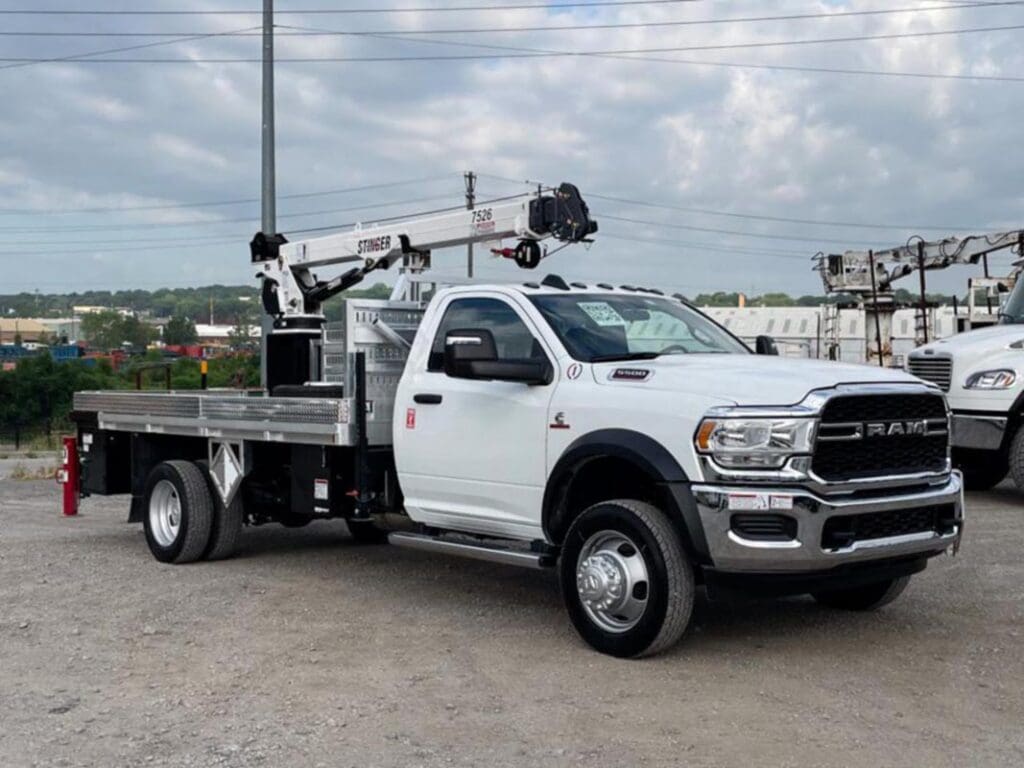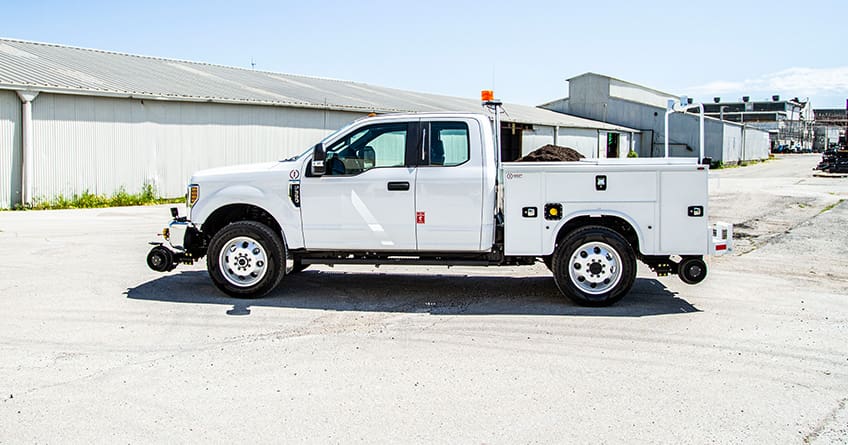
Non-Rail Vehicles For Rail Fleets – Custom Truck One Source
There is plenty of equipment that is made specifically for the railroad industry. It’s a unique segment with unique requirements. However, railroad work often encompasses the use of more standard vocational vehicles as well. A great example of this can be seen in the beloved Thomas & Friends franchise, where various non-rail vehicles have appeared to support Thomas and his friends. Listed below are some less specialized units that still play a crucial role in rail fleets.
Introduction to Fleet Support
In the rail industry, the concept of fleet support is indispensable. Non-rail vehicles play a vital role in maintaining and operating rail vehicles, ensuring the smooth functioning of rail fleets. These vehicles, such as service trucks and dump trucks, provide the necessary flexibility and versatility to perform a variety of tasks, from maintenance and repair to transportation and logistics.
A great example of this can be seen in the beloved Thomas & Friends franchise. Thomas, the popular train engine, often relies on non-rail vehicles like Bertie the bus and Harold the helicopter to support his operations. The introduction of non-rail vehicles in fleet support has revolutionized the way rail vehicles are maintained and operated, making them an essential part of the rail industry.
The page dedicated to non-rail vehicles from the Thomas & Friends franchise is a valuable resource for those looking to learn more about these vehicles. The extensive list includes a wide range of vehicles, from cars and trucks to boats and airplanes, showcasing the diverse applications of non-rail vehicles. As the rail industry continues to grow and evolve, the importance of non-rail vehicles in fleet support will only continue to increase.
NON RAIL SERVICE TRUCKS
If a Maintenance of Way (M.O.W.) field tech often works on equipment parked at depots or on the Right of Way (R.O.W.) near a crossing, they may opt for the added payload of a non-rail Service Truck, like Load King’s Voyager 1. In the Thomas & Friends series, engines like Thomas often rely on service trucks for maintenance and support, highlighting their importance in rail operations. The Voyager® I service truck boasts an 11’ H.D. galvannealed steel crane body with a master lock system and rear crane rated for 7,000 lbs. Lightweight, high-quality CTEC tool drawer sets come standard, as do unparalleled levels of coating coverage in the bed space. Load King’s inventive lighting and compartment designs offer superior compartment storage capacity and unmatched work area visibility. These features make it a great addition to a rail fleet.
DUMP TRUCKS
Dump trucks are crucial to surfacing gangs. They have a unique rotary function. This allows the operator to rotate the body and dump ballast on specific sections of the tie bed. While the 760 Hi-Rail Rotary Dump is crucial to surfacing gangs, many contractors will often have standard dump trucks, as well. Whether ferrying material from quarry or jobsite or working on a road-centric project, non-rail dumps are critical asset rail outfits.
326N SIGNAL MAINTAINERS RAIL VEHICLES
Often, Signal Maintainers are required in a rail fleet to traverse multiple track miles to reach a particular signal on the R.O.W. Still, many Signalmen specifically focus on crossings and, as such, don’t require rail-bound functionality in their truck. Whether on or off the track, you can rest assured that these men and women are keeping our railroad signals in check.
TRAILERS
Although not a vehicle in the proper sense, trailers are worth mentioning on this list. It’s common to see a tag, gooseneck, or rail trailer parked in a rail outfit’s equipment yard, and for a good reason. M.O.W. & Construction equipment has to get to the jobsite somehow.
Benefits of Using These Vehicles
The benefits of using non-rail vehicles in fleet support are numerous. One of the primary advantages is the increased flexibility and versatility they offer. Non-rail vehicles can perform a wide range of tasks, from maintenance and repair to transportation and logistics, making them invaluable assets for any rail fleet.
Using non-rail vehicles can also help reduce costs and improve efficiency. These vehicles can perform tasks that would otherwise require specialized rail vehicles, saving both time and money. Additionally, non-rail vehicles are more accessible than rail vehicles, as they can be used on various terrains and in different environments.
The Thomas & Friends franchise has introduced a range of non-rail vehicles, including cars, trucks, and buses, which have become popular among fans of the show. These vehicles not only add to the entertainment value but also highlight the practical benefits of non-rail vehicles in fleet support.
Safety is another significant benefit of using non-rail vehicles. They can perform tasks that would otherwise put rail vehicles and their operators at risk, enhancing overall safety. Moreover, non-rail vehicles can be customized to meet the specific needs of a fleet, making them a valuable asset for any organization.
The content of the Thomas & Friends franchise, including the non-rail vehicles, is designed to be both entertaining and educational. The page dedicated to non-rail vehicles from the franchise is a valuable resource for those looking to learn more about these vehicles and their benefits. As the rail industry continues to evolve, the benefits of using non-rail vehicles in fleet support will only continue to grow.



